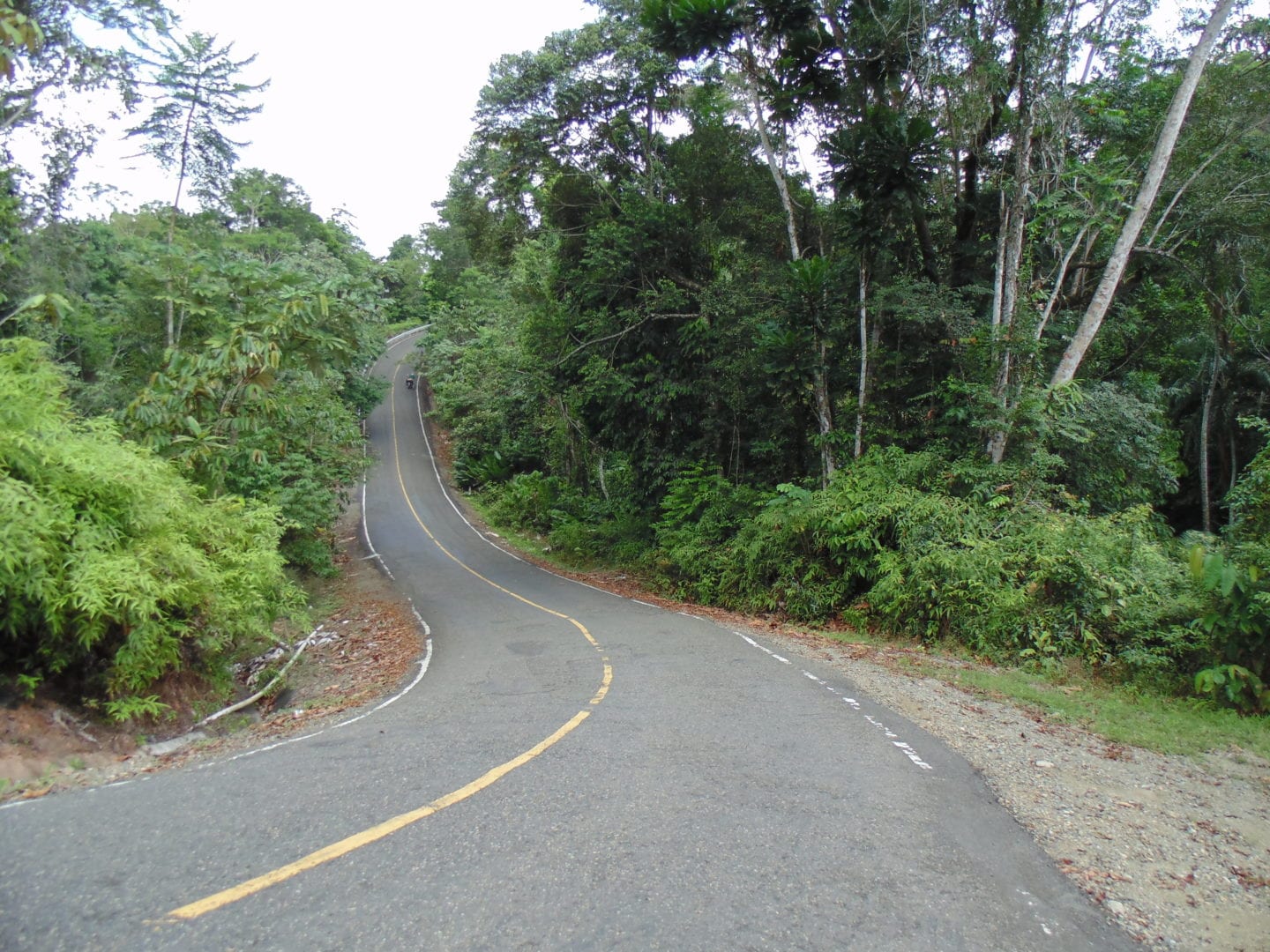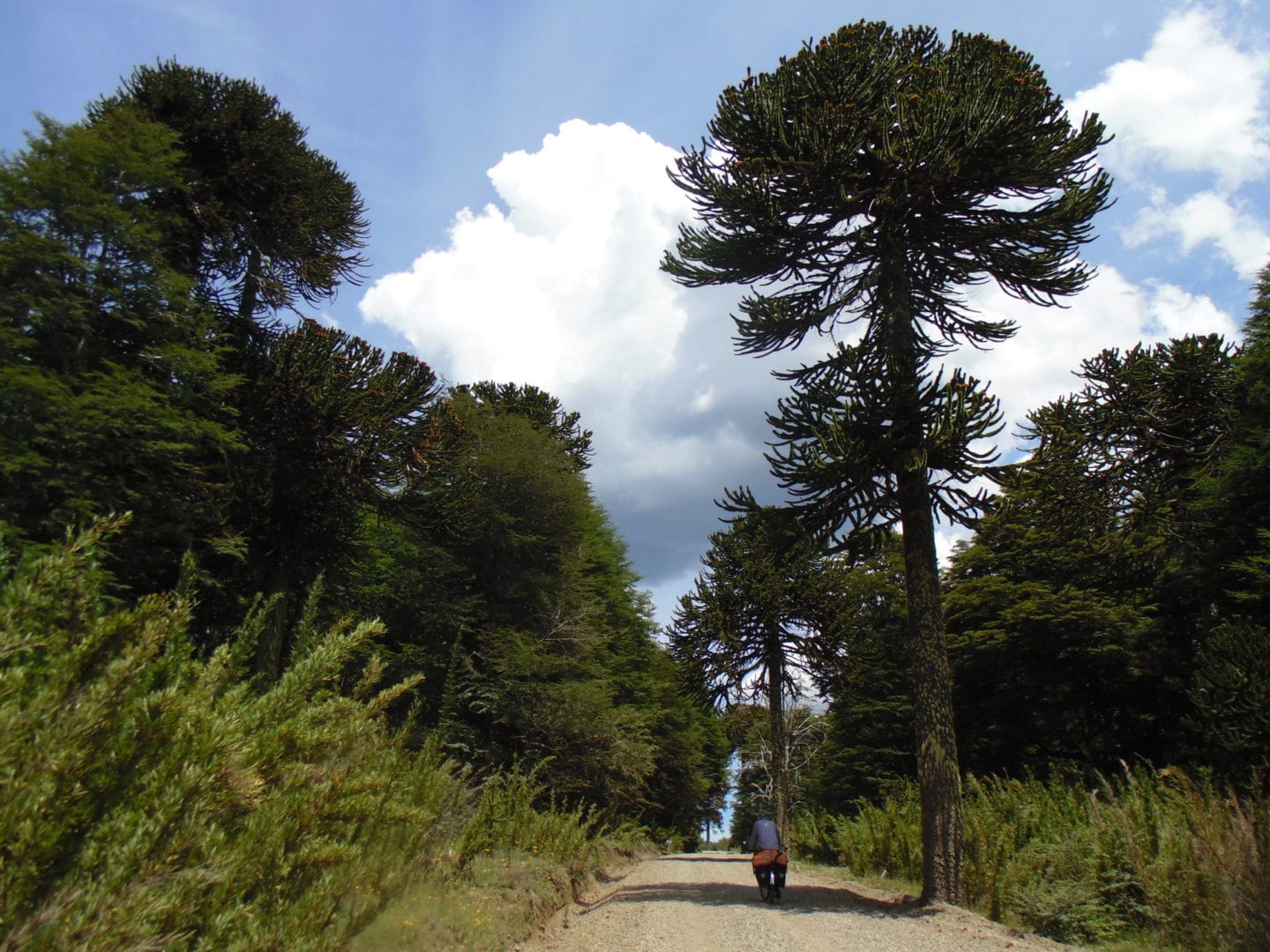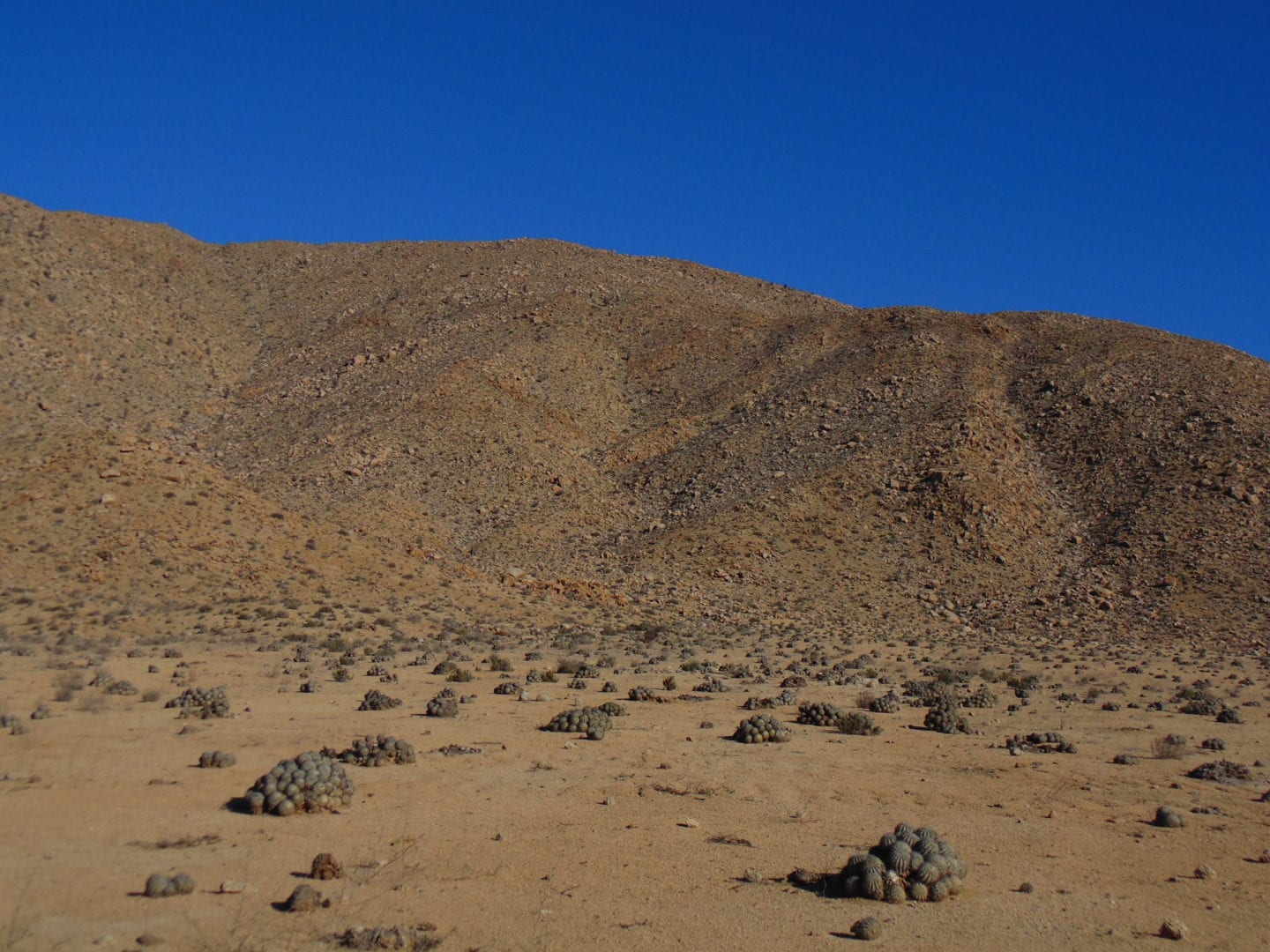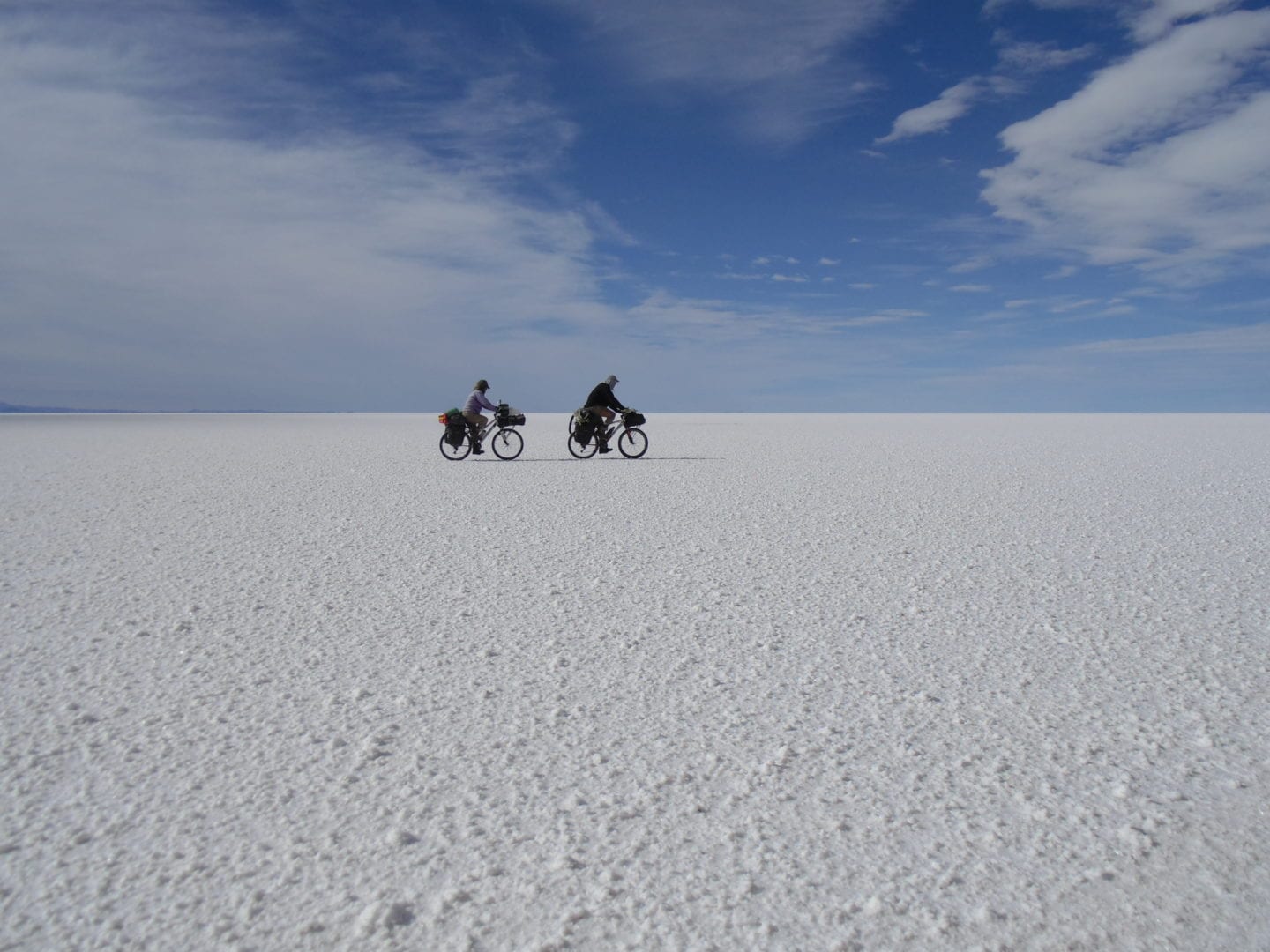Darien Gap: the good, the bad and the ugly.
When we thought about crossing Latin America comes the dilemma for all travelers who use their own means of transportation: the so-called Darien Gap, a jungle zone between Panama and Colombia that cuts the Pan-American highway in two. There are no roads there. Zero. The reasons why there is no road continuity in this area are several: from topographical to sociapolitical, such as keeping in order the flow of immigrants (mostly Cubans, but also Africans) seeking for the «American dream». Although the absence of a road between these two countries limits the transit, does not mean that eliminates it. On this last point I will expand later.
All of the above lead us to look for alternatives for our bike trip. There are three options, with mixed prices and amenities: (1) the crossing with, mostly westerners sailboats, which costs up to US $ 600 per person, (2) the crossing by plane from Colombia or Panama, which is around US $ 200 (only per passenger, does not include the cargo), and the cheapest, and chosen by us: (3) the crossing with three motor boats, which can cost around US $ 200 per person, all included.
Since everything described above can easily find on Google, I will tell you about our experience, with all the good, bad and ugly. The following story that I will detail happened between the 1st and 9th of March of 2016.
Once in Turbo, Colombia, it was a little difficult to find accommodation. There are many lodging options given the situation of this city as a sea «bridge» to Panama, but the day of our arrival was all covered, except a place with a price of COP$ 40000 (about 14 US dollars) per room {*COP stands for Colombian peso}, being the most expensive we paid in the Coffee lands. In any case, it’s still cheaper than Chile.
Solved the issue of accommodation comes the most complex, so we started looking for a safe and cheap way to get to Capurganá, border town of the Colombian Caribbean where the migration office is. This is not simple. Well, actually it’s when you’re traveling with the minimum (like a backpack).
After going to the dock called «el waffe» and talking with the people of a company that does not guarantee us the way our bicycles should go (maybe we have to disarm them) or the amount of money that will cost, we decided to look for other companies on the Internet. Voilà! The company that responds to all our concerns is called Ecoviajes Darién, who owns a catamaran that makes tourist trips to Capurganá three days a week. With everything clearer and pre-paid places, we left to the dock to take the boat on March 3rd. About the costs, the ticket per person was COP$ 70000 (about 24 dollars). At first we were told that they were going to charge for luggage (I mean, for the weight of the stuff we carried) and bicycles, but with the rush of the departure the crew only charged us the passengers tickets (so no extra expense ¡yay!) Fortunately our bikes were tied to one of the structures, in the back of the catamaran, a great position considering the strong pounding the boat received every time it smashed against a wave. FUN FACT: If your stomach is weak, sit as near to the back of the boat as possible. I had to do it. At least I could hold my breakfast.
After around two hours of travel, we landed in Capurganá near noon. There, the immigration commander approaches, he says that we are welcome to stamp our passports in the office whenever we want, but we have to be clear when we’ll leave to Puerto Obaldía, Panama. We sealed the passport during the afternoon, because we planned to leave the next day. Apparently the boats leave from Monday to Saturday and fill fast (each boat accommodates up to 10 passengers).
That Friday, March 4th, we started early, because the boats leave around 8 am, so you have to weigh the cargo before leaving. The cost per passenger was COP$ 30000, COP$ 20000 per bicycle and the load costed 800 pesos per kilogram, but the first ten were free. With a little bargain we got a small discount: we paid at the end $40000 for the load (Sylvain’s stuff and mine). I could only negotiate for the price of the luggage and this is possible because the boatmen do not give a receipt for any service.
TIP: You have to be careful with the way you load the bicycles and remove all the steel parts because the salt water will do its job destroying them. A few Days before, on our way to Turbo, we met two French cyclists who made this same trip (coming from Panama) and unfortunately one of their bikes was left with the rear derailleur completely unusable, plus a bent wheel with some of the spokes destroyed by the struggle of some passengers to remove part of their luggage, plus the pounding of the boat. Their bicycles were stored on top of one another on the front part of the speedboat, which received the strongest impacts of the waves. Considering this experience, we removed as many fragile parts as possible. The bags had to be tightly closed and it’s better to travel with sandals (or any type of footwear that is easy to rinse) because this section is short but rough and wet (lot of splash from the waves).
That travel lasted about 1h and then we arrived at Puerto Obaldía, Panama. We were met by SENAFRONT, an organization that protects the borders of the country and that checks the cargo of all vessels. What struck me most is that if they check your gear as if you were a dangerous trafficant, but they do not tell you what they are looking for, unless you ask them. Although the first thing that could come to my mind is illicit drugs, don’t you think? The backpackers who traveled in the same boat had to open all their luggage and enjoyed a meticulous examination of absolutely all their pack. In our case, they only check our bags with an anti-narcotics dog.
After the review, we went to the migration office in Panama, where they gave us the entry stamp, also took our fingerprints and a photograph. To make this process you must also bring a copy of the passport, specifically the page with the traveler’s information. I recommend making a copy in advance, to reduce costs. Note: the Panamanian currency is officially the Balboa, but it’s nothing else than the US dollar. The balboas are just the coins, the bills are US (yes, I do not understand this system either, but that’s the way it works).
Officially in a new country, we went to a quiet place dry our clothes and chill out after passing this first non-cycling part of our journey. The offers of boats departing to Carti were easily spotted (no idea about the cost), but we preferred to spend the night there and wait for the next day to keep going. No hurry … for now.
At night we camped on the side of the town, near the garbage dump. This small village is the entry point of hundreds of Cubans who use this part of Central America to access the United States. They had the possibility of obtaining the right to enter and stay permanently in the USA until January 2017, due to the Law of Cuban Adjustment, a mechanism that since 1966 allowed the islanders to enter gringo lands. The issue of the floating population in Puerto Obaldía is so transcendent that it’s present in the media.
The next day arrived and no boat leaves to Carti. We begin to worry that the issue of the departure of this «limbo» will take more time, but the next flight to Panama City leaves in 10 days, and without ATM or enough food we have no choice but to follow with the marine travel plan, save food and money. The flights are daily, but taken mostly by Cubans, so the seats are filled very quickly.
Saturday follows its course and nothing happens. On Sunday, we saw a boat called «Idayana 2» coming from Carti with three cyclists. Sylvain chatted with them a little, they seem satisfied with the service, their bicycles arrive in good condition because the boat has a space in the bow to keep the bikes upright which kept them safe; placing them lying down could put at risk the integrity of certain parts, such as the racks.
Finally we paid US $ 125 (per person) for the route that moved through the archipelago of San Blas and then the boatman asked our passports to start a process that I never understood exactly what for. We had not received a receipt for the payment, ergo, the only guarantee we have is that the boatman remembered us. Some called that trust; to me, a lack of respect for the client, especially when he returns and says: «Did you pay me?” My internal Gordon Ramsay was in my thoughts: “asshole, I gave 250 dollars in cash, don’t ask me more shit!».
While waiting to leave, a man approaches, asking us if we are going to Carti. We were warned that we had to pay a toll of US $ 20 to go through the islands in the Guna Yala region. The permit would cost double if we do not do it in Puerto Obaldia. I got angry, because after almost 4 days waiting, this was the first time I heard about this and it seemed like a scam, however I calmly replied that we are not going to pay, and that any problem would be fixed later. We didn’t want to give money that easily: we spent enough money for the trip and we have barely eaten in three days with the prices that there were in the town (5 dollars for a very poor plate of rice with tuna that would be a shame for a undergraduate student). Later I understood that the whole issue of boat transport in that area was handled almost exclusively by gunas, the ethnic group of that area.
Dodging the theme of the fare and done with the process of the boatman, we left almost at 11 a.m., when we should have left at 8 a.m. I thought «Patience, maybe the best is yet to come and we can still get to Carti during the afternoon. Yes we can!» My initial optimism leaves aside the hunger we have felt for 3 days- only breakfast was a proper meal- and is accentuated by the beauty of the archipelago and the tranquility of the water in most of the lenght. I talked to Sylvain; we tried to leave behind all the waiting and uncertainty. We enjoyed the landscape.
The boatman made two stops: one to get gas and another to pass to his dad’s island. Yes, you read well: his father has an island, the kind with a postcard-travel agency landscape: palm tree, white sand and turquoise sea. There we got off the boat and after almost half an hour we continued the trip. It’s close to 4pm and maybe there’s still time to get to Carti. In the distance we saw a town on the coast, there it is, maybe 500 meters or less, but the boat starts to turn to the right and enters an island crowded with stilt houses. I asked the boatman “when we go to Carti?, we need to arrive today”. He said “no, tomorrow we leave”. What?! This seemed like a bad dream that does not end! The place where the boatman takes us is a shitty bar / lodging where, conveniently, he is the owner. Unfortunately, because this place is an island, it’s super crowded and you can not camp outside, so we decided to wait for the bar to close at 10pm and sleep on the floor, because we would not pay more money for the deficiency of our carrier.
Tuesday (March 8th 2016) morning arrived and we did not exchange any more words with the boatman, we just wanted to arrive to land and finally start to pedal, because we know that someone was waiting for us with accommodation in Panama City.
At last we arrived at the pier of Carti. We disembarked and packed our cargo on the bikes. The expected pedaling is coming. Not even 10 minutes pass and someone asked us to pay US $ 2 for the use of the pier, to which I reply that it is not up to us because we did not decide to arrive at this dock and there was not a single sign that explains this fee.
Here is where the most serious problems begin. We pushed our bicycles towards the road and a man approaches insisting on the payment of the tax. I explained that I’m not going to pay it, that it’s up to the boatman – since when the passengers pay tolls? – that I’m leaving and that if he has any problem with us, he could call the police. Then he beginned to push my bicycle back by the handlebar, another man joined him to do the same. The struggle got stronger and with me trying to explain that I will not pay. For what is worth Sylvain was not held by anyone, apparently the Guna men (about my height) are afraid to face him with the payment. The struggle continued, until the oldest of them, and apparently the one in charge of the charges, pushed me hard on the shoulder, which made me almost fall with the bike. Sylvain reacted to defend me, left his bike on the floor and runned to push the man shouting «do not touch my wife!” Immediately four men grabbed Sylvain and threw him to the ground, the one who pushed me throws a hit in his face, which cut the lip of my dear husband. It seems that the man filters his violence by the fact that there are too many witnesses (more than 50 foreigners watching), it could be bad for the business. The struggle lasted about 2 minutes and mixes with the comments of the backpackers, some defend the tax, others just wanted to stop the brawl, some recorded with their smartphones (another souvenir).
//Important information: most of the backpackers, who travel to this part of Panama, come from the main city with travel agencies, so they know the cost of almost everything. Mostly I listened voices insisting that we pay the tax, which is fair because it is guna territory. I think the tourists think this is cheaps cause, that’s why they only «lower their pants» with the usurious costs of this area.//
At the end, a man who didn’t look like a Guna and with a Panamanian accent paid the 4 dollars because he was embarrassed by the scene. Well, I’m ashamed that the Panamanian government does not control the charges in this area or that the prices aren’t set on signs, as is the case in many protected areas around the world.
Later I would find out that the Guna Yala Comarca is an autonomous territory, with its own rules, that is, they can charge what they want because there is no police control and most of the people think is ok because it is a very nice place, there’s no doubt about that. The region is something like a Far West of the Caribbean, except that the weapons are replaced by intimidation and usury.
After spending the worst moment of our entire trip, we started pedaling. I stopped and started crying. It wasn’t sadness, it was fear. I had never felt so much fear in foreing, not even in Colombia, a country that has a terrible reputation for insecurity but that is badly argued, at least in our experience. The intense feeling of anguish accompanies me all that day, I attribute it to the little protection I felt and to the violent reactions that the merchants had against us. For my good fortune I have the support of Sylvain, who in spite of the hit he told me that he is well and that all this only reminded him when he used to play rugby 🙂
That day we cycled little because of many factors: the heat, the exaggerated inclination of the road, the post-altercation moods and the hunger that already extends for 5 days. We camped and rested well, in spite of feeling the target of possible attacks, since we still had not left the Comarca.
The next day (March 9th 2016), our spirits seemed to improve, the road was very difficult and every kilometer was an achievement, despite the fact that we had to push and not pedal in many places.

In the way to the Panamerican from Carti, we couldn’t pedal properly due to the steepness of the road
Around noon we move forward when we saw a man in the distance filming us with his phone from the middle of the road. It turned out to be an inspector at his checkpoint. He asked us if we were the ones who hit his partner, I answered that this attack was in self-defense. He stopped recording. I asked him what he wanted. He told me that we had to pay a transit fee, that everyone who goes there pays for it because it is a protected area. Do you remember that man in Puerto Obaldia I mentioned before? Well, he was right, the transit fee is 20 dollars (per person) and this is the place where you must pay. This time we took the option to dialogue and not move against the will of the managers. The truth is that you can not discuss the payment, so we paid, they gave us a receipt and we continue. Also in that place there must be 10 men intimidating with their presence so that the payment was made, since we didn’t want more free violence.
In the afternoon we arrived at the Pan-American Highway and begin the journey to Panama City. After all the above, cycling along this route seemed like a walk in the park and accompanies it with a great breath of relief. I never repeat this experience again.
EPILOGUE
In hindsight there are several conclusions and observations that we drew from this:
The first is that after reading several blogs of users going the same way, but without mentioning the issue of taxes, was the main reason to write an extensive entry like. This should be clearer, especially for those who travel from South America. This trip was expensive and coming from the south, we are not used to carrying so much money with us. On other hand, from the information we collected from other blogs, travel by plane Medellín-Panama (or vice versa) was cheaper and faster.
I advise patience with all the payments. We weren’t and look what happened. However, I don’t recommend at all to do this way, but if you plan to do this because you want to add more “adventure” in your great bike trip throught the Americas, take a large amount of money, even if you could negotiate the prices.
Remember, do not expect receipts or vouchers. Maybe this last is not important for many, but as an accountant’s daughter, I have this embedded in the upbringing, and perhaps even in the DNA.
Although we made several mistakes in not informing ourselves of the particular situation in Guna Yala Comarca, I must say I found very shady that the Panamanian government did not get involved in the issue of payments with tourists, especially if there is no safe option to travel by land between this two borders. The region should be one of the poorest regions of Panama, but every day thousands of dollars go into tourism that remain in the hands of a few and taxes are imaginary, I say this because there are no bills or receipts for transportation, the charges generate profit and the feedback isn’t enough for the majority of the inhabitants. It’s a matter of seeing the availability of basic services such as drinking water and health in the island settlements. Also the issue of garbage is not important; I observed many wastes (cans, bottles, bags, etc.) on the seabed, also along the road. Looks like the “protected area” is a flexible concept.
The Guna ethnic group has lived for years in this area and deserves a place of its own as guaranteed by the government of Panama, but the region is not a separate country and I believe that the people who run touristic businesses there (who are a minority of the ethnic group) takes advantage of its autonomy to charge in excess, even to the Panamanians themselves, as later we talked with some.
After leaving Panama City we learned the following: The brawl that we had catalized, without us making any official claim, a discussion of tourist charges in the region. Part of the altercation was recorded and shown on Panamanian television (TVN), without our consent, and added to other similar conflicts with tourists generated a wave of complaints that made the government begin to pay special attention to this issue. All this reflects a real problem that not only we live. It is not the first time there are conflicts with payments and it could probably continue to happen.
FOR MORE PHOTOS VISIT THE SPANISH VERSION

















































































